How to Build an IFAK
IFAKs are individual first aid kits issued to active duty service members. These first aid kits contain everything needed to treat traumatic, life-threatening injuries rather than the tools to address minor injuries. That way, if someone receives an injury on the battlefield, they or another service member can pull out their IFAK and sustain the victim's life until medical attention can be provided.
However, service members aren't the only people who get injured! IFAKs are a smart thing for civilians to keep on hand since none of us can see the future or completely prevent injuries. You never know when an angry bear will come after you.
IFAK Content List & How to Use the Supplies

IFAKs are a pretty straightforward kind of kit. There are the basic materials that are paramount to your survival and need to be included, and then there are modifications and additions you can add that will flush out your kit and keep you prepared for the little things.
Bare Bone Basics
These are the absolute necessities when building an IFAK. Without these, you won't be saving anyone's life.
Chest Seals
Never remove an impaled object. However, if the object pierced the torso and dislodged for whatever reason, you can still salvage the situation. Wipe the wound and apply a chest seal over the area. Leaving a piercing wound alone can be lethal as air will enter the trunk. When this happens, your heart and lungs will start feeling like a bounce house…meaning the lungs will collapse, and you'll have a heart attack (I personally do not want to go out that way).
Gauze - Compressed
This kind of gauze, also known as crinkle gauze, has a specific weave pattern that allows it to absorb more fluids. Gauze helps treat bleeding, is often used along with pressure bandages, and protects injuries from debris and friction.
Gauze - Hemostatic

This gauze is infused with a hemostatic agent that promotes blood clotting and is essential for extreme hemorrhaging, blood loss that will bleed you out in minutes. Depending on the wound, you'll use hemostatic gauze in one of two ways. Either you'll apply direct pressure with the gauze to the surface of the injury or pack the wound with gauze directly atop the severed artery.
Gloves
Even if you aren't a germaphobe, you need to keep a pair of gloves in your IFAK. Bloodborne pathogens are microorganisms that cause various diseases. When you come into contact with the bodily fluids of an infected person, the pathogens will infect you. Not only will wearing gloves protect you from pathogens, but they will also keep the bacteria residing on your hands away from the wound. This will help the victim avoid infection and other complications later on. For these reasons, it's vital that you wear gloves when administering first aid and include them in your IFAK.
Nasopharyngeal Airway Tubes
NPA tubes create and maintain airways when a victim cannot breathe naturally on their own. To use, apply lube to the tube and very carefully shove it up their nose. It's incredibly unpleasant, so only utilize this for unconscious patients. And do note that NPAs won't help choking victims.
Pressure Bandages
These are often used with wound packing techniques for areas that tourniquets can't reach (mainly the armpits and groin). As the name suggests, these bandages apply pressure to an injury and help stop bleeding.
Space Blanket
With the magic that is severe blood loss, it's possible to get hypothermia in hundred-plus-degree weather. The body loses its ability to regulate after massive trauma like this, so wrapping the victim in a space blanket will help keep them warm. It's a lot easier to keep a patient warm than it is to pull someone back up from hypothermia.
Surgical Tape
This type of tape secures bandages and other wound dressings in position. This is primarily for patients with multiple wounds.
Tourniquet & Sharpie

Tourniquets are for all heavy limb bleeding unless the injury is too high into the armpit or groin. If a limb is bleeding heavily, the first thing you should do is slap a tourniquet on. In the unfortunate event that you don't know how to use a tourniquet, learn how to apply one right now. Do not remove the tourniquet once it is on! Doing so will risk the victim bleeding out or, if the tourniquet has been on for a few hours, will risk flooding their heart with toxins (it's perfectly safe if a trained professional counteracts these toxins). It will hurt like hell, but on the bright side, using a tourniquet will keep you from going down there!
Sharpies are needed to write the time of application on the tourniquet. Medical treatment varies depending on how long the tourniquet has been worn. If you don't have a sharpie, write down the time on your phone or in the dirt.
Trauma Shears
It's possible to bleed out in minutes and every second is critical. Trauma shears will let you access a wound quickly and efficiently if clothing or other gear is blocking access. A high-quality set of shears will allow you to cut through denim, zippers, and heavy-duty clothes like butter (the room-temperature kind, you need a table saw to cut frozen butter).
Mindful Modifications

Some people want their IFAK to have everything they'll need for any injury, and that's not a bad idea! Below is a list of some items we recommend including to round out your first aid kit. Just keep the trauma tools in an easily accessible spot so you don't dig around desperately when you need them (organization for the win).
-
Alcohol prep pads

- Antibiotic ointment
- Antimicrobial wipes
- Bandages
- Blister tape
- Burn gel
- Butterfly bandages
- CPR shield (again, pathogens are a thing!)
- First aid guide
- Ibuprofen
- Non-adherent pad
- Saline wash
- Splint
- Triangle bandage
- Tweezers
Where You Need an IFAK
The short answer is everywhere. The long answer is anywhere you would sustain a traumatic injury. And unfortunately, they can happen anywhere at any time. Some places and circumstances you would need an IFAK with you include:
- Active shootings
- Anywhere rural & far from EMS or hospitals
- Apocalypse (hit me up if you know when it’s coming. I need the head start)
- Backcountry exploration and roughing it in general
- Construction sites and other places with heavy machinery
- Falls & things falling on you
- Gun range
- Hunting
- Natural disasters as EMS may be spread thin
- Sports gone wrong
- Vehicle accidents (car, jet ski, tractor, etc.)
Where to Store Your IFAK
In the end, it doesn't matter why you want an IFAK. What matters is that it has the necessary equipment and is always accessible. A few ways to keep your IFAK close by is by carrying it in your backpack, stuffing it in your car, or even having multiple and keeping them at various locations. Whatever works for you and makes them available.
IFAKs are essential to surviving traumatic injuries and should be considered a necessity. If you don't have an IFAK, speed over to My Medic and our resident med-gremlin will hook you up. Don't worry; he won't bite!

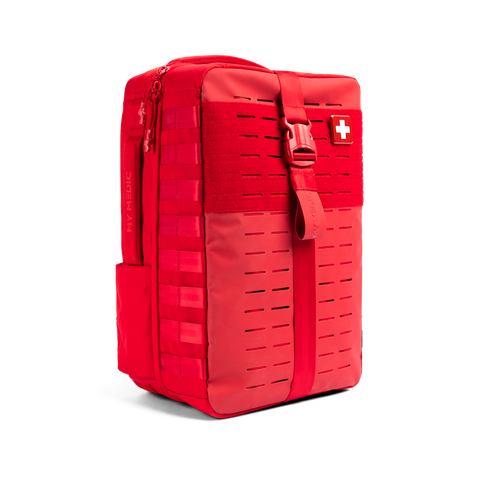 NEW ARRIVALS
NEW ARRIVALS
 BEST SELLERS
BEST SELLERS
 SUPERSKIN™
SUPERSKIN™
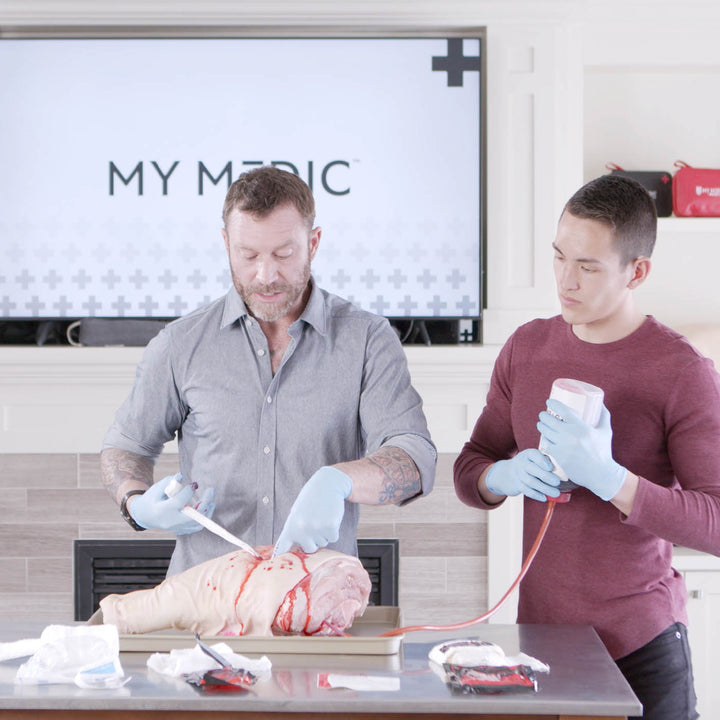 COURSES
COURSES
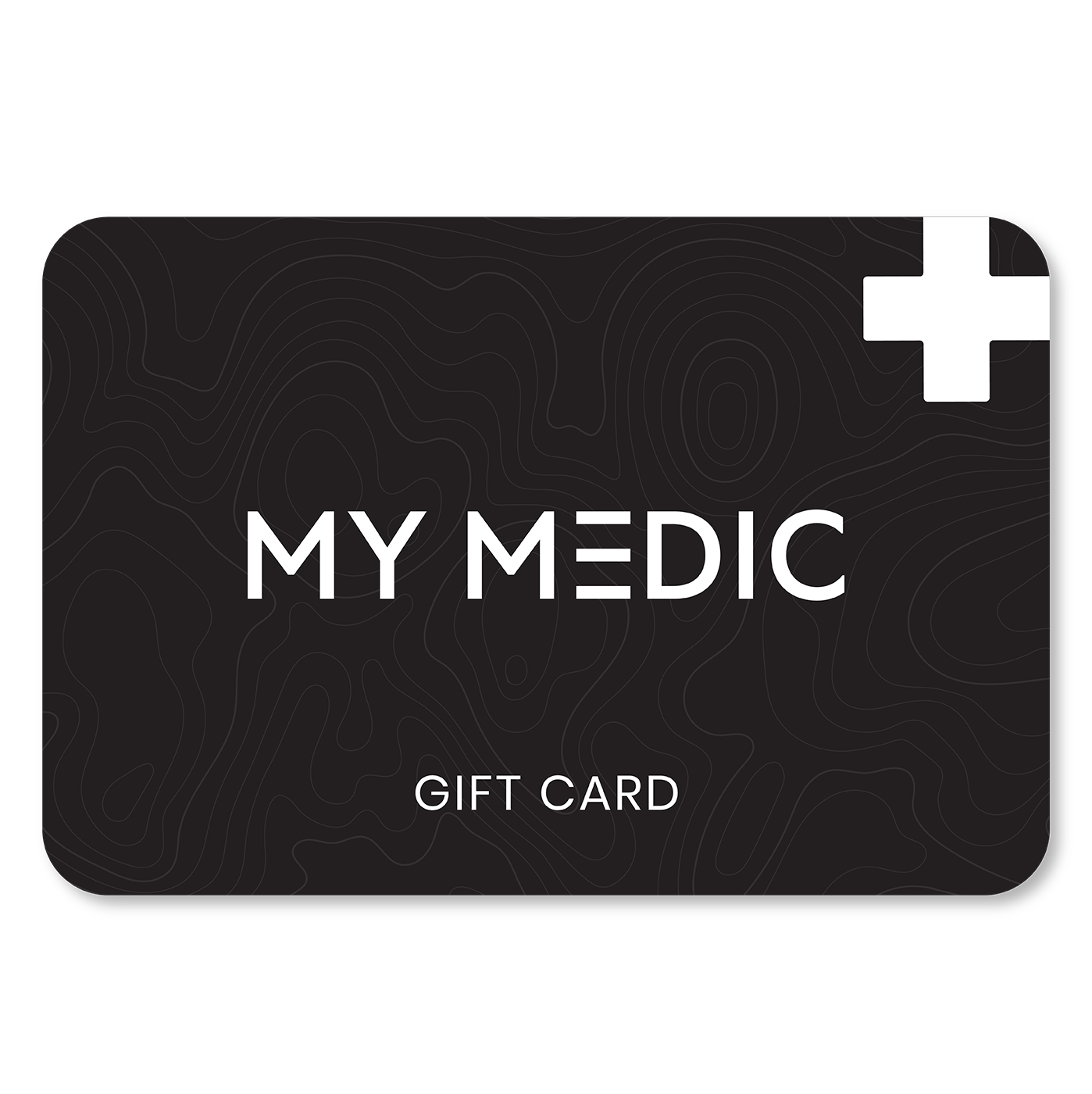 GIFT CARDS
GIFT CARDS
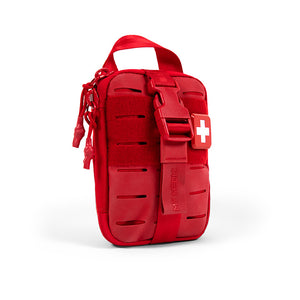 The MyFAK Collection
The MyFAK Collection
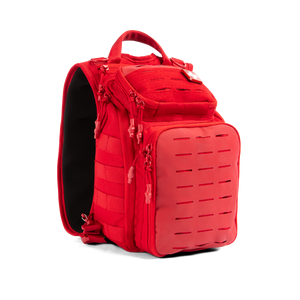 Specialty
Specialty
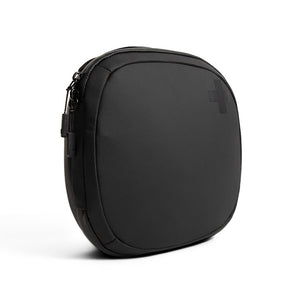 The Ready Collection
The Ready Collection
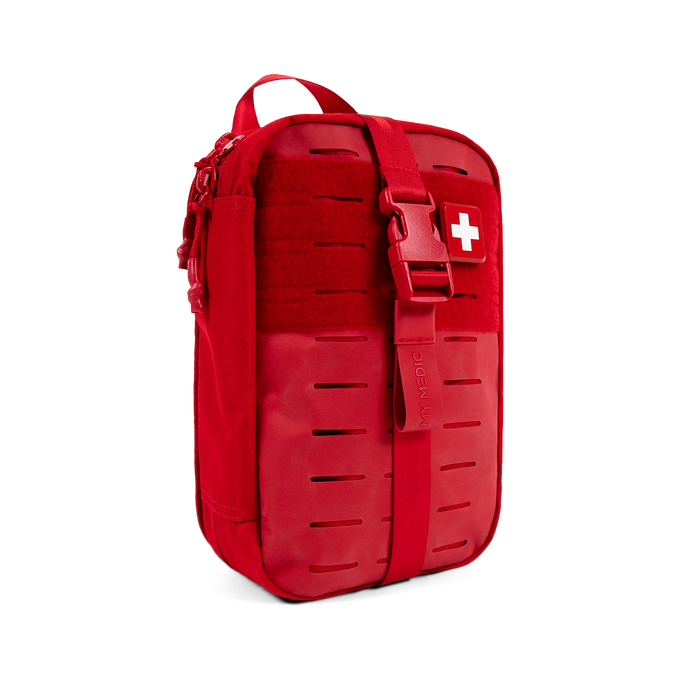
 BLEED
BLEED
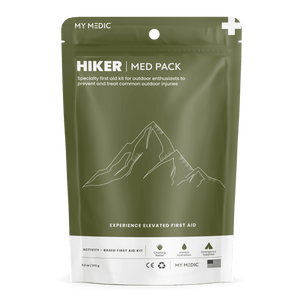 OUTDOOR
OUTDOOR
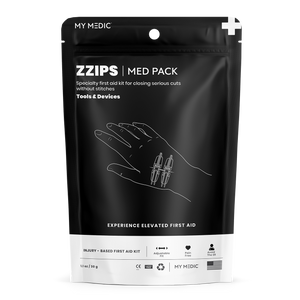 TOOLS & DEVICES
TOOLS & DEVICES
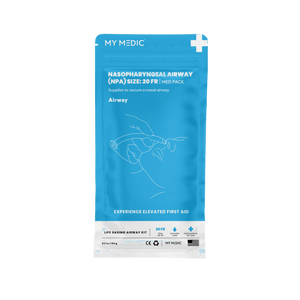 AIRWAY
AIRWAY
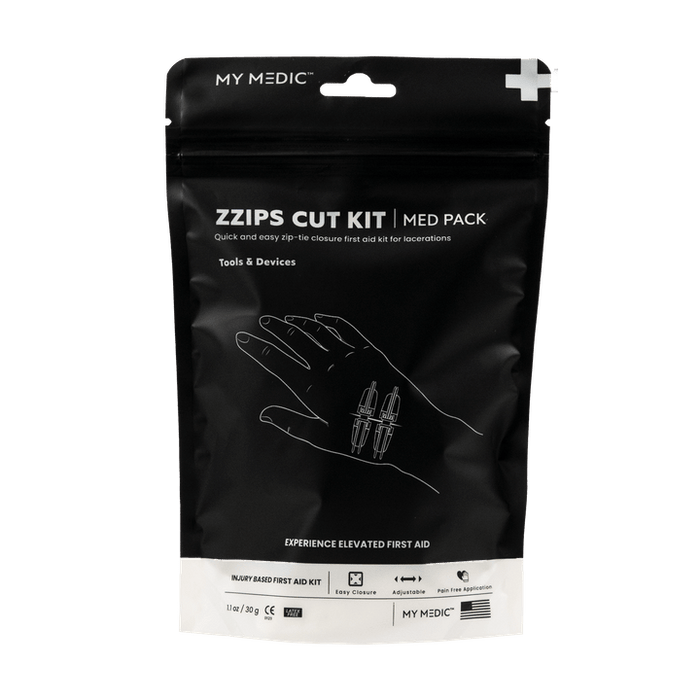
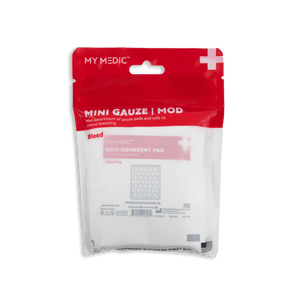 BLEED
BLEED
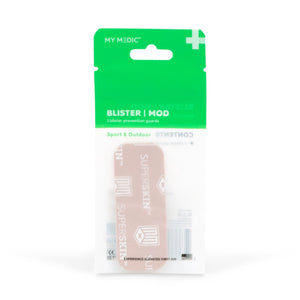 OUTDOOR
OUTDOOR
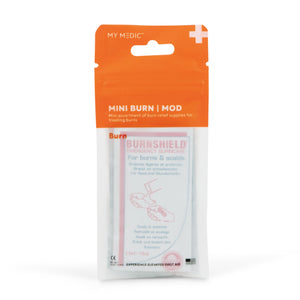 BURN
BURN
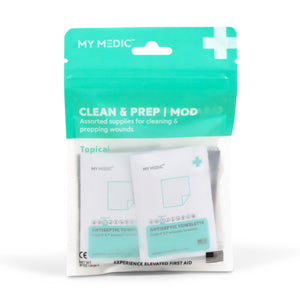 TOPICAL
TOPICAL
 MEDICATION
MEDICATION
 SPRAIN & FRACTURE
SPRAIN & FRACTURE
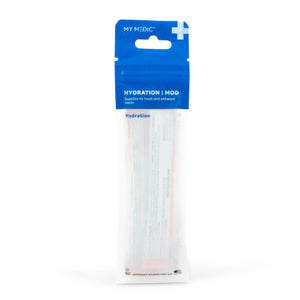 HYDRATION
HYDRATION
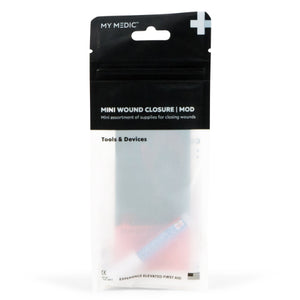 TOOLS & DEVICES
TOOLS & DEVICES
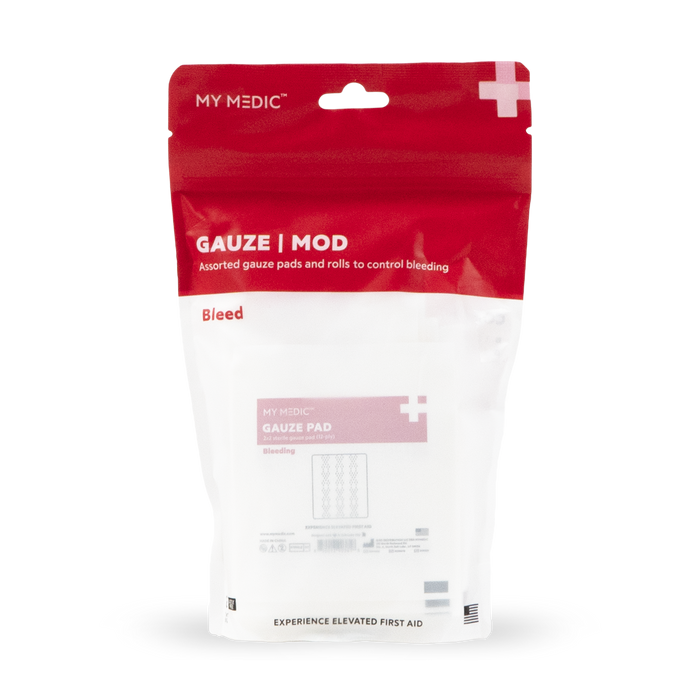
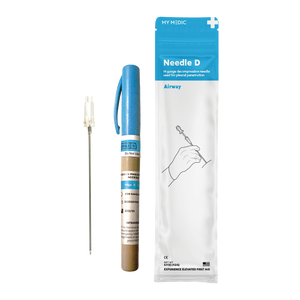 Supply Categories
Supply Categories
 Top Sellers
Top Sellers
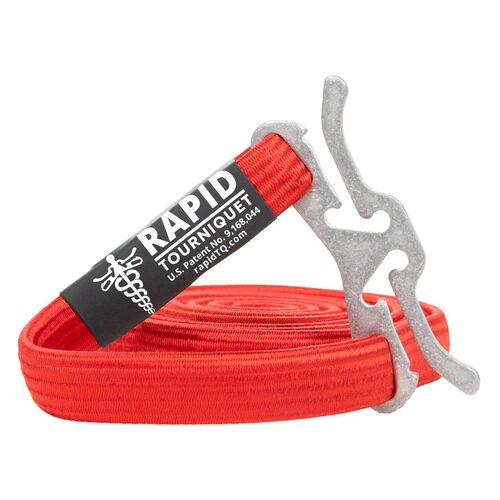






If you are including a NPA I would add a Berman as well. In two decades of emergency medicine and trauma care as a respiratory therapist I used the Berman many more times. Use on on unconscious victims.
———
My Medic replied:
Hey James, that’s also a great addition to any first aid kit!
I was a combat army medic in Vietnam (1973-1975). I keep a “minor surgical kit” in my first aid pak. It has several surgical instruments and cost about $30. I have used it several times through the years. I realize most people only know basic first aid but they should have a basic set of medical instruments that they have studied and know how to use. My girlfriend’s family has two picnics each year and there’s always a scratched knee from play or a cut finger from prepping food.
———
My Medic replied:
We definitely agree that everyone needs to be prepared! Way to go!
How often should items in your IFAK be replaced when not used?? Is there an expiration date on these items?
———
My Medic replied:
Hey Kathy! Medications should be replaced every two years, topicals every two to three years, and QuikClot every five years. Great question!
Leave a comment